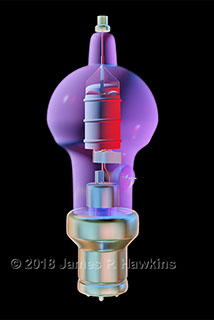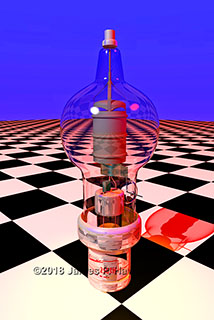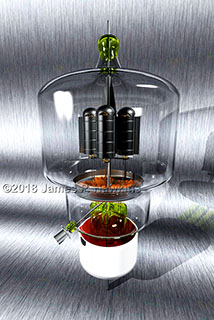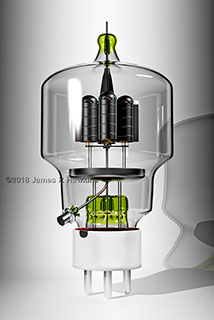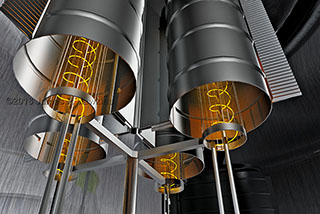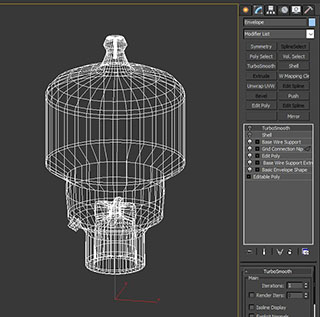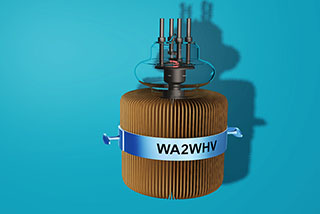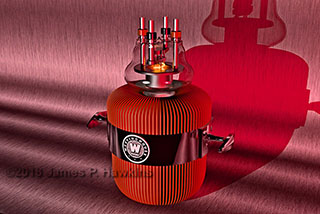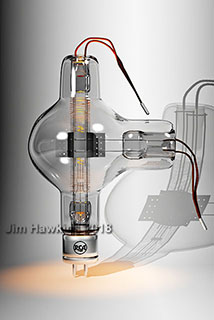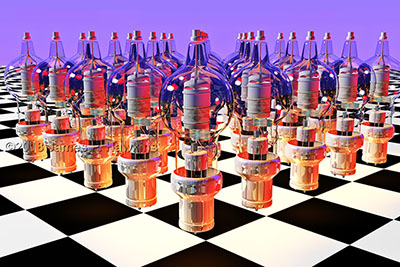 |
|
Array of 250TH Tube model |
Eimac 250TH |
| I used the above model to create a fly-through animation, which was used by a public television show, at their request, in the closing credits. Prior to the closing, the host announced the animation and named me as the animator. 3D animation was still in its infancy at the time. The show was called PCTV, which aired in New England. The end credit specifies the computer I was currently using in 2010. My present computer is a big upgrade from that time. I was glad to get rid of Vista! |
Eimac 304TH |
Westinghouse 5604 |
RCA 5762 |
 |
RCA 5762 First modeled in 2001 |
RCA 860 |
 |
RCA 860 Power Triode |
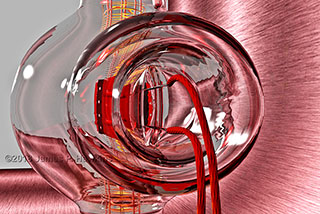 |
Side view closeup of Anode Connection. |
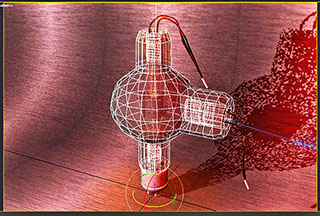 |
Screen shot of 860 model before smoothing and rendering. Shows surface modeling topology. |
| Plain view with greyscale backtround. |
To ZAHL Tube Page |
|
| JIM HAWKINS' RADIO AND BROADCAST TECHNOLOGY PAGE |
| CONTACT ME |
